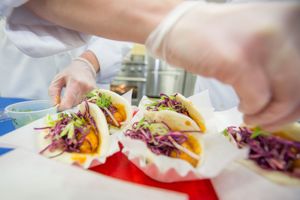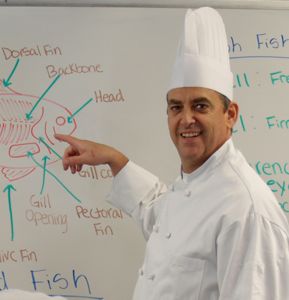Blueberries Gain Traction on Top Chain Menus
Thursday, 01 May 2014 03:00
 Technomic research reveals significant increased blueberry use across categories, suggests Gen-Y marketing opportunities.
Technomic research reveals significant increased blueberry use across categories, suggests Gen-Y marketing opportunities.
As consumer interest in healthy dining options continues to rise, so does the presence of fruit on U.S. menus, and new research from trend-tracker Technomic shows blueberries—a fruit renowned for its nutritional profile—gaining major traction among the top 500 chain restaurants.
Overall blueberry mentions on American menus have increased 97% since 2007—a stronger growth rate than that of strawberries, raspberries or blackberries—with fresh blueberry mentions up more than 176% in the same time period.
Contributing to this growth is a combination of factors including changing consumer preferences and an evolution in the way foodservice professionals view blueberries. The U.S. Highbush Blueberry Council (USHBC) works to influence both.

 The Research Chefs Association unveiled the latest in culinary arts and food science and technology in Portland, Ore., in March.
The Research Chefs Association unveiled the latest in culinary arts and food science and technology in Portland, Ore., in March. Which good fats to eat and which bad fats to avoid? There’s room for more education.
Which good fats to eat and which bad fats to avoid? There’s room for more education. New survey reveals the focus of today’s culinary education
New survey reveals the focus of today’s culinary education Due to release June 1, Culinary Educators’ Teaching Tools & Tips written by Colin P. Roche, Bradley J. Ware and Claudette Lévesque Ware is the first text of its kind.
Due to release June 1, Culinary Educators’ Teaching Tools & Tips written by Colin P. Roche, Bradley J. Ware and Claudette Lévesque Ware is the first text of its kind.